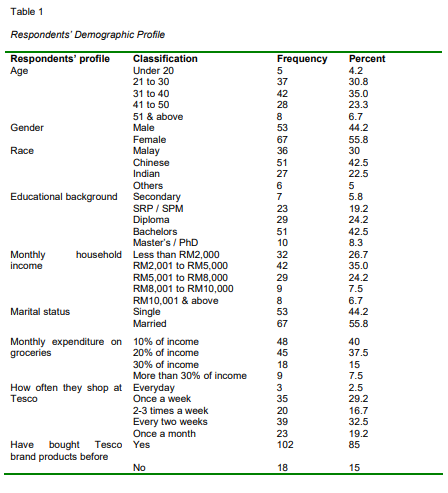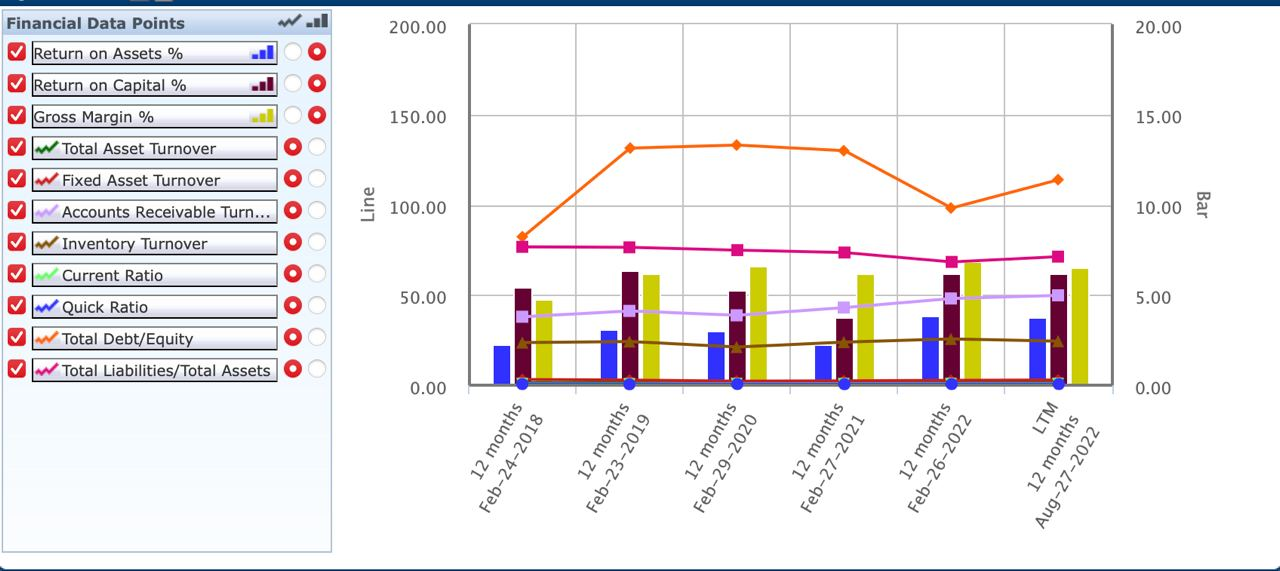Introduction
Marketing is one of the most important components of successful companies. Therefore, research, analysis, and making recommendations in this area are necessary to maintain the competitiveness of organizations and successfully achieve their goals and objectives. Of particular importance in this process is the marketing mix, which consists of several critical elements.
In other words, this indicator of the activity of organizations implies the performance of functions for the development and implementation of manufactured products for consumers. For Tesco, the marketing mix has value, as it can ensure the maintenance of high productivity and efficiency in the market. Thus, this work will evaluate the Tesco marketing mix using various analytical methods and scientific sources.
Research
First of all, it is necessary to gain an understanding of what Tesco is and its position in the market. To do this, I have studied the company’s website since it enables me to gather the necessary information about the organization. I gathered secondary information from the company’s website, and this gave me accurate data about its current functions and product range. There was no date shown on the website, so this information may not be up to date. Nevertheless, research showed that the company’s group sales constitution is £54.8bn, retail free cash flow is £2.277m, and statutory revenue is £61.3bn (“Key facts,” n.d.).
The company distributes its products all over the world, but the greater emphasis remains in the United Kingdom, where it was founded. This data shows a fairly successful company and a large amount of profit, which largely depends on marketing activities.
Of particular importance when studying the marketing mix of Tesco was the article by Ibrahim et al. called “Customer desires on marketing mix and its impacts on Tesco (Malaysia).” The value of this source lies in the fact that its purpose is to focus on customers, who are one of the critical aspects of the company’s marketing, which is relevant for this market under study.
Research stated that “the majority of buyers shop from once a week to once every two weeks at 29.2% (once a week) and 32.5% (once every two weeks) for a total of 61.7%” (Table 1) (Ibrahim et al., 2017, p. 48). This shows that the company enjoys extensive popularity with the audience, which is a direct reflection of a reasonably successful marketing company.

Moreover, the strength of this source was the correlation coefficients among variables. It is useful because the information provides an understanding that the marketing mix of a company largely depends on the motivations and desires of the people who consume its products. Table 2 contains a table of these relationships, according to which it can be concluded that the higher the price of products, the higher the motivation of buyers.
However, there is a negative correlation between promotion and the desires of individuals. Thus, this aspect shows that some consumers may perceive a broad marketing campaign as a sign of the poor quality of the product offered. The main weakness and limitation of this article are that it examined the population of a certain region. That is, the data obtained in the course of work may not correspond to a more global picture of the company’s activities.

Another valuable source in the evaluation of Tesco’s marketing mix was an article by Shastri. It examines in detail such aspects as product and price strategy, place and distribution strategy, and promotion strategy (Shastri, n.d.). In addition, the strength of this work is the provision of information on the main points of the marketing strategy of the organization. For example, a positive assessment is given to the wide selection of the company’s products, its cost leadership of the pricing strategy, and a comprehensive channel of online distribution of goods.
Despite the usefulness of this source, its main drawback is the lack of maintenance of the information provided by any data. This aspect could give more evidence and validity to the article. However, despite this, it is quite relevant for this work, as it gives a basic understanding of the positive and negative aspects of Tesco’s work. Thereby providing an opportunity to understand what recommendations can be provided to improve the work of the organization.
Analysis and Interpretation
In order to obtain the most valuable information regarding Tesco’s activities, a ratio analysis of the leading indicators was carried out. Conducting this financial analysis is valuable, as it can provide information about the effectiveness of the company’s activities. Thus, this analysis showed a decline in gross profit since 2019, which fell from 46.2% to 17.5% (“Tesco PLC (LSE:TSCO) > Financials > Ratios,” n.d.). Therefore, the decrease in this indicator is due to the fact that the company has less money to deal with its operating expenses.
As part of the ratio analysis, special attention was paid to such an aspect as Tesco’s liquidity. This is due to the fact that it can show how effectively an organization can create cash from assets to pay short-term obligations. Thus, the analysis showed that Tesco has a low indicator of this indicator determines that the company has difficulties selling assets for profit (Table 3) (“Tesco PLC (LSE:TSCO) > Financials > Ratios,” n.d.). Another indicator that causes concern is the inventory turnover ratio. So, it showed a fairly significant drop, which caused a decrease in the company’s ability to sell and distribute its inventory.

Conclusion and Recommendations
In conclusion, this work considered and evaluated the marketing mix of Tesco. Analysis of various sources, including the company’s website, showed that it operates on a global level, but most of its activities are concentrated in the United Kingdom. Moreover, the company offers a wide range of products, which has a positive effect on expanding the customer base. However, the studied scientific literature has shown that overly active promotion can result in a decrease in consumer motivation.
On the other hand, this indicator is in close correlation with the pricing policy of the company. Moreover, ratio analysis showed that the main areas of concern for Tesco are liquidity and inventory turnover ratio, which have significantly decreased compared to previous years, showing a decrease in the efficiency of the company.
In addition, getting rid of unnecessary assets becomes a recommendation to increase the company’s liquidity. This is due to the fact that this aspect directly affects the ability of the organization to pay debt obligations and successfully support and provide its marketing campaign. Regarding such an aspect as promotion, the company should pay attention to building loyalty and trust of its target audience. Since sources have shown that most of the buyers are the younger generation, Tesco may pay more attention to online advertising. This is due to the fact that young people often use various social networks.
References
Ibrahim, A. A., Alkhawlani, M. A. A., & Al-shaghdari, F. M. (2017). Customers’ desires on marketing mix and its impacts on Tesco (Malaysia). International Sciences of Management Journal, 1(1).
Key facts. (n.d.). Tesco. Web.
Shastri, A. (n.d.). Step-wise marketing mix of Tesco with complete 4Ps and overview. Web.
Tesco PLC (LSE: TSCO) > Financials > Ratios. (n.d.). Capital IQ. Web.